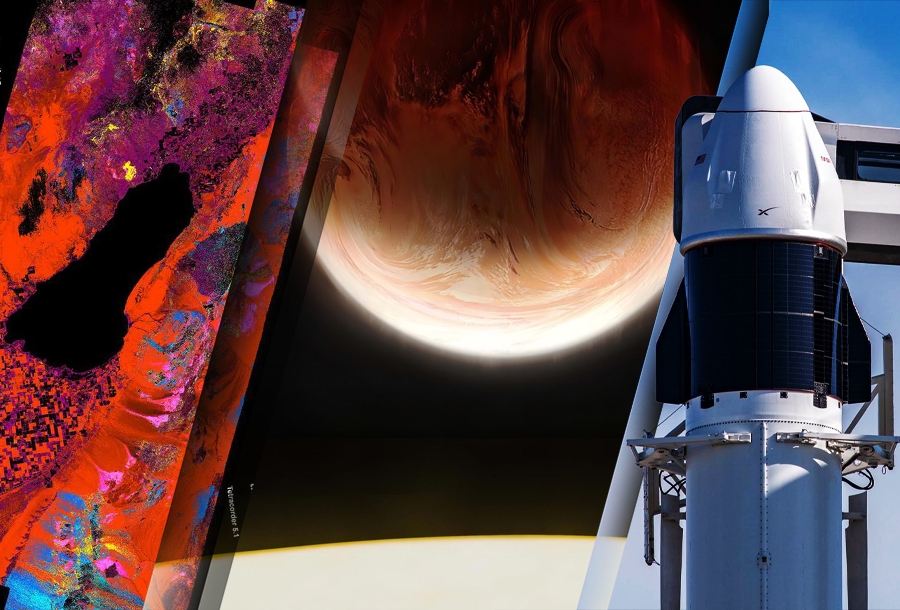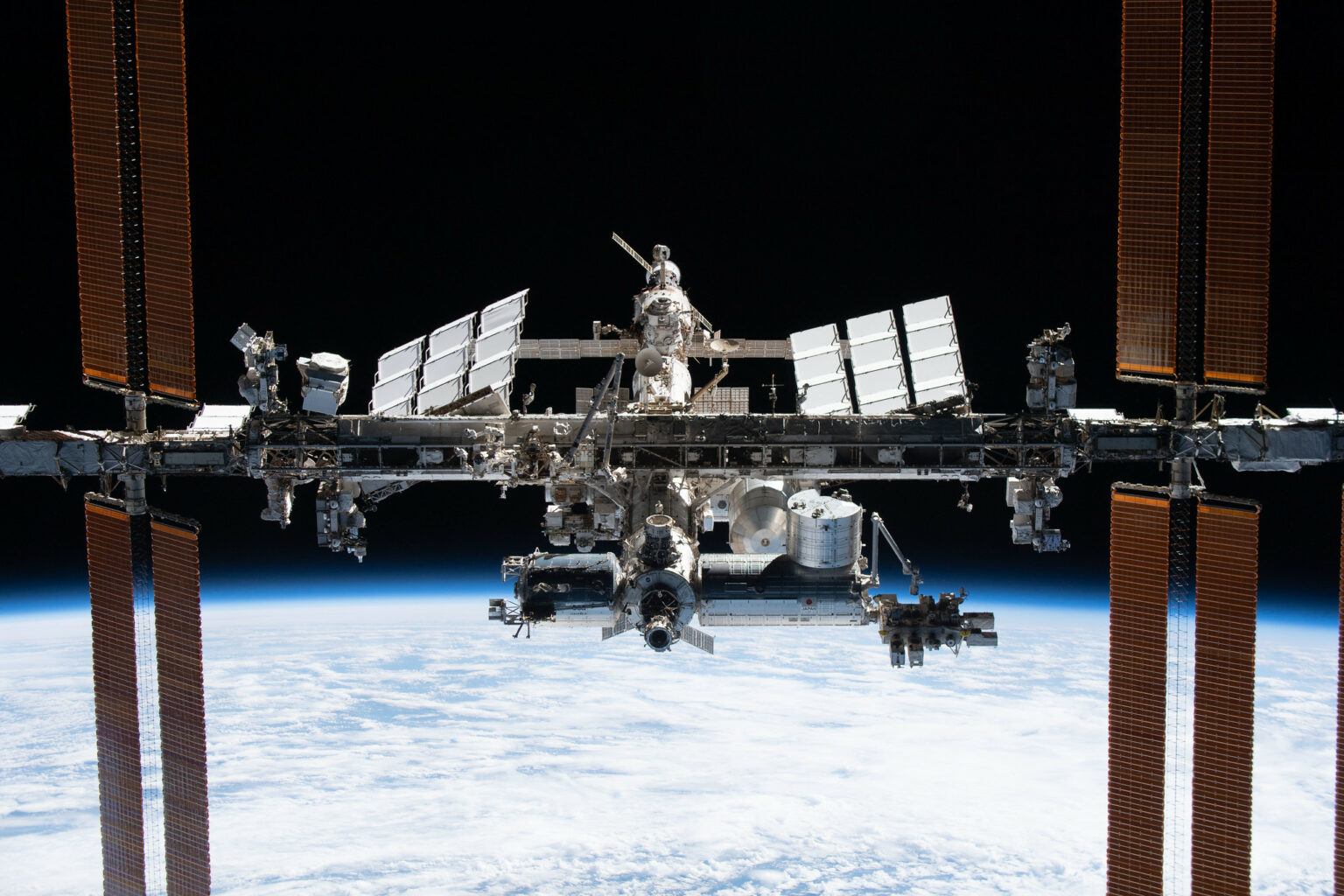Selection of the most interesting space news for breakfast: The ISS will study the effect of dust on the Earth’s climate. NASA is looking for funding to send scientists into orbit, and we are talking about tissue engineering and the creation of organs in space.

Putin dismissed Rogozin from the post of head of Roscosmos
Dmitry Rogozin was removed from the post of head of the Russian space agency. Former military man Yuri Borisov became the head of the country’s space agency. Prior to that, he was Deputy Prime Minister for the military-industrial complex. Yuri Borisov is a former military man associated with the air defense forces. While serving in the Soviet Army, he received an education in mathematics at Moscow State University. After retiring, he headed defense enterprises, and later was Deputy Minister of Industry and Trade.
In this position, he was engaged in the implementation of the GLONASS satellite navigation system. In 2012-2018, he was Deputy Minister of Defense. From 2018 to the present day, Borisov has held the position of Deputy Prime Minister for the military-industrial complex.
Satellites photographed 1,400 new graves at the Mariupol cemetery
The images taken by the Planet satellites showed the appearance of many new graves in the cemetery of Mariupol. This is stated in a report published by the British Center for Information Resilience (CIR). According to the estimates of researchers from CIR, between May 12 and June 29, at least 1,400 new graves appeared at the Starokrymske cemetery in Mariupol. Since during this period there were no active hostilities in the city (more precisely, what was left of it after the Russian shelling), most likely we are talking about burials of the bodies of civilians extracted from the ruins.
Market News
A New Instrument is Going to the ISS to Study the Climate Impact of Dust in Earth’s Upper Atmosphere
A new Earth exploration mission called EMIT is heading to the International Space Station. The new device is designed to track dust as it moves from one place to another on our planet through our atmosphere.
From time to time we see images of giant dust storms moving across the surface of the Earth. The strong winds that carry these clouds move more than a billion metric tons of material. Sometimes they flow from the deserts of Africa to North America. In other cases, they move across populated areas of land in the Mediterranean. The effects of these storms on our planet clearly show that dust affects the local and global climate. So, scientists are looking for more detailed information about the long-term consequences of this “dust dispersal”.
House of Representatives passes defense authorization bill
The House 14 passed the 2023 National Defense Authorization Act. The bill authorizes $839 billion for military spending, or $37 billion more than the administration requested. The bill includes several space-related amendments.
These amendments include increases in funding for space launch and requirements for the Pentagon to stand up a “tactically responsive space” program focused on rapid launch of small satellites. Other provisions in the House NDAA urge DoD to use commercial space services for communications, space domain awareness, and debris removal.
Capella Space satellite imagery now available on the Amazon Web Services cloud
Capella Space has expanded their Open Data Program, making a selection of the firm’s SAR (synthetic aperture radar) imagery freely and openly accessible through the Amazon Web Services (AWS) Open Data Sponsorship Program. Capella’s Open Data Program is designed to give researchers, nonprofits, developers, and disaster response organizations direct access to high quality Earth Observation (EO).
Interesting

NASA division proposing program to send scientists to ISS
A NASA science division is seeking funding for a program that could fly scientists to the International Space Station on private missions to conduct research that could then be handed off to NASA astronauts.
“We seek to bring scientists back into space,” Craig Kundrot said, director of NASA’s Biological and Physical sciences division. He drew parallels with payload specialists who flew shuttles. Among the non-professional astronauts were scientists and engineers who flew missions to conduct research.
“Cellular construction” in zero gravitation (article)
Tissue engineering is a set of biotechnological approaches aimed at reproducing outside the biological organism the structures and functions of tissues and organs using various tools. One of them is the cultivation of cells, often not only in so-called culture dishes (as is done for other biotechnological purposes), but in three-dimensional structures created from elements of the extracellular matrix or similar substances. Such structures can be printed on a 3D printer or created in another way. We often hear the expression “growing organs “, but it is worth emphasizing that the process of engineering tissue structures is very complex, so the word “growing” is not quite adequate to describe it. However, there is still no other term that would be just as convenient to use in everyday life, so we will try to draw some parallels with growing plants in the garden.
Follow us on Twitter to get the most interesting space news in time
https://twitter.com/ust_magazine

